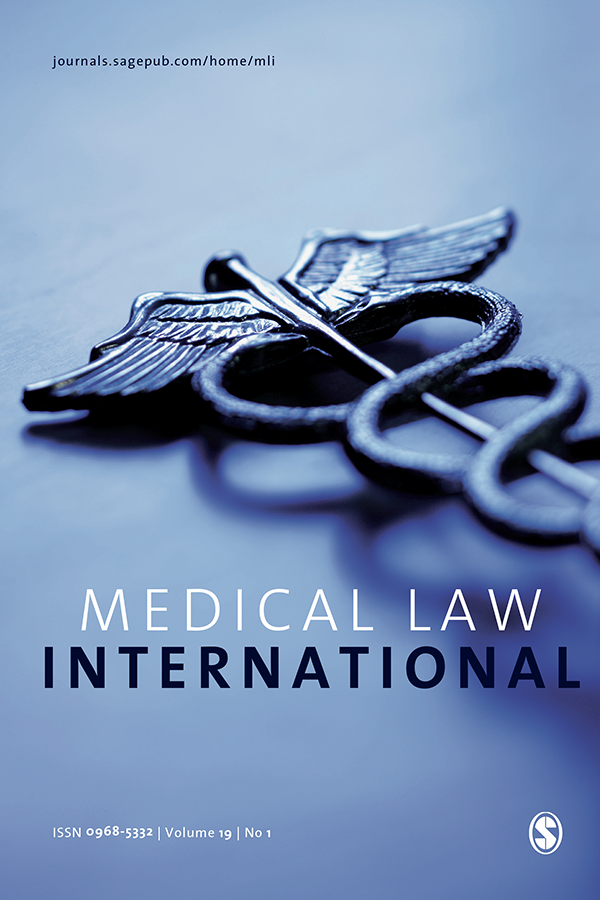Articolo di Simone Penasa pubblicato nella rivista Medical Law International , online dal 5 maggio 2013.

Articolo di Simone Penasa pubblicato nella rivista Medical Law International , online dal 5 maggio 2013.

ABSTARCT
This article is structured in three sections. In the first section, the theoretical framework of the analysis will be laid out, grounded on the need for a paradigm shift when classifying national regulations on assisted reproductive technologies (ARTs). Instead of focusing directly on the specific content of each national regulation, it is more appropriate to move towards a focus on the characteristics of the decision-making process which drive political choices. In the second section, a comparative analysis will be provided of legal systems belonging to different legal families (civil law and common law families), such as Spain and the UK, France and Italy. The analysis will be conducted using a set of classificatory indexes covering both the decision-making process and the theory of law which is developed within specific but different regulatory regimes. According to these criteria, the legal systems analysed have been classified according to a threefold distinction: the ‘procedure-oriented’ model (UK and Spain); the ‘hybrid’ model (France); and the ‘value-oriented’ model (Italy). Comparison seems to show the need for new actors, sites and procedures of law-making in the field of ART. Accordingly, it seems advisable to devise new regulatory systems, in order to achieve, on the ground of comparative analysis, original mechanisms of law-making, starting from the assumption that sharing common deliberative methods proves to be more effective in view of a convergence of national policies. In the last section, a new regulatory mechanism will be proposed. It has been defined as ‘integration by specialisation’ of regulatory tools. This proposal stems from the assumption that, rather than harmonisation by imposing common regulatory content, harmonisation between national regulations (which is crucial in the light of both a uniform health care system and a common ‘market’ of biotechnological research in the European Union framework) can be effectively achieved by enforcing common regulatory mechanisms. These mechanisms can be based on the plurality of regulatory tools, each characterised by a specific (autonomous) normative function.
Il testo completo dell'articolo è disponibile nel box download.